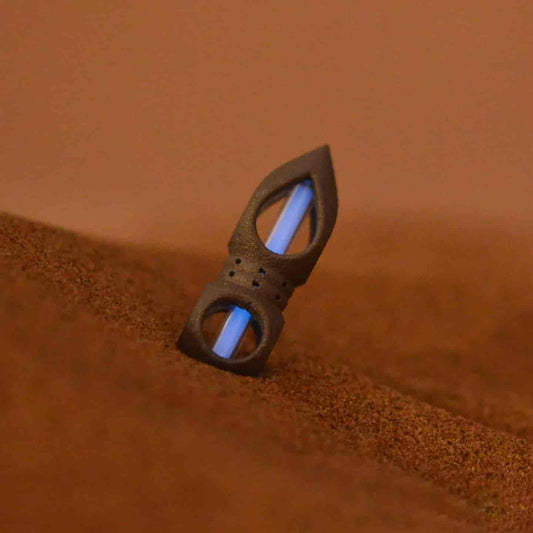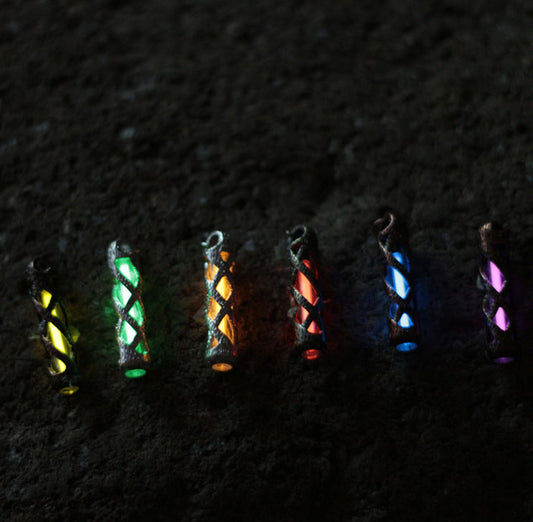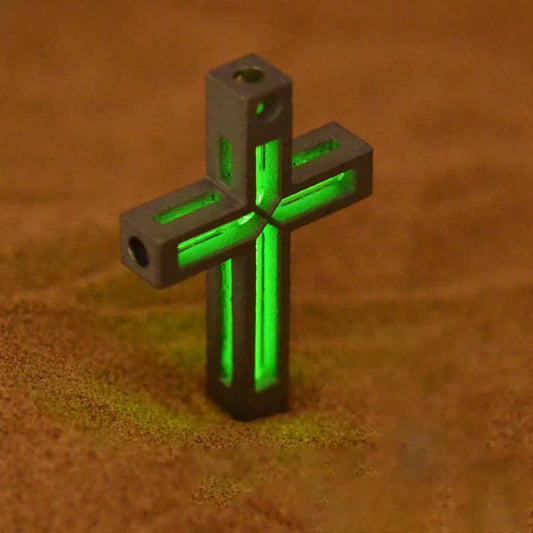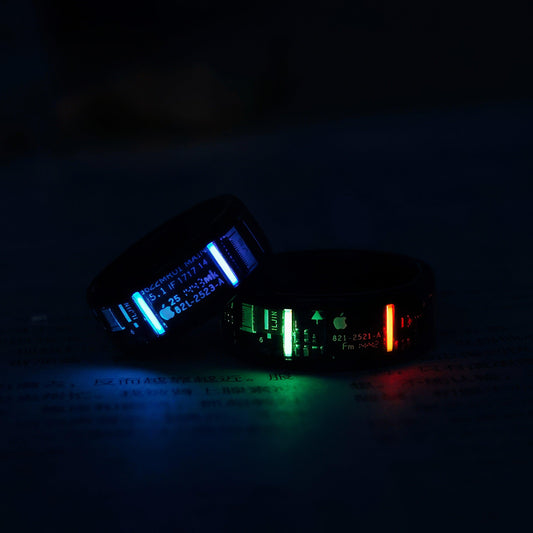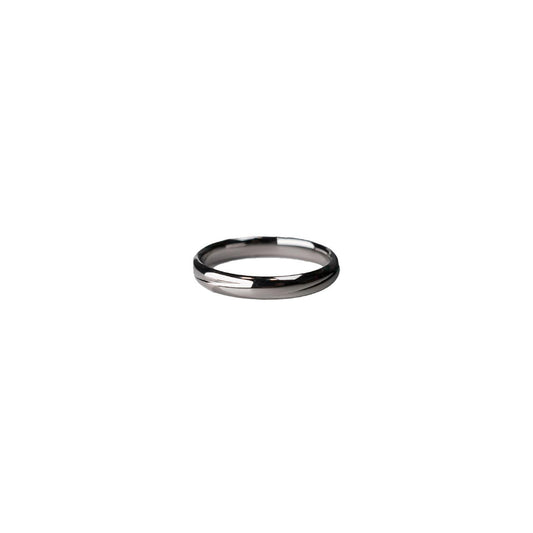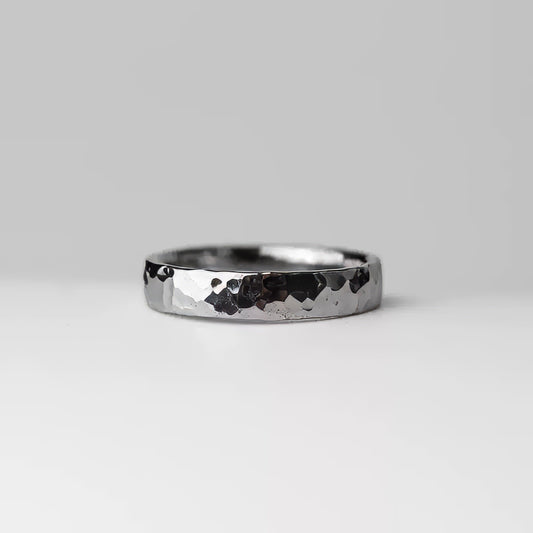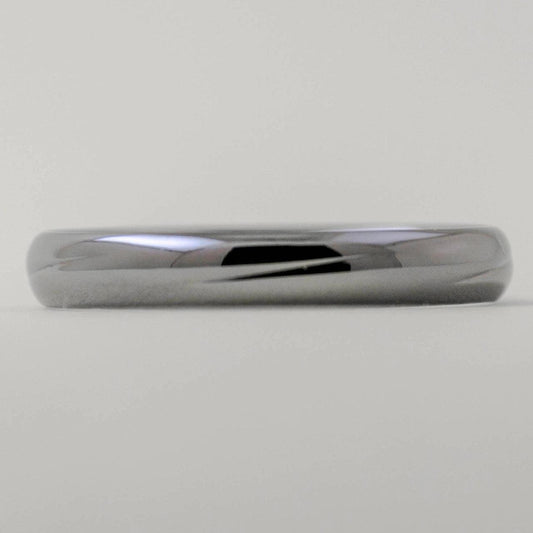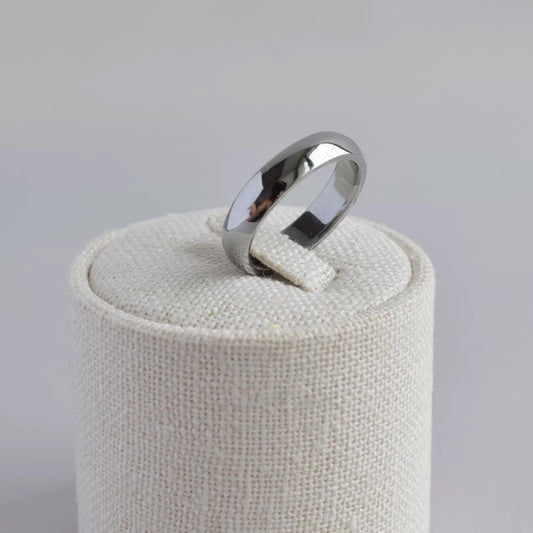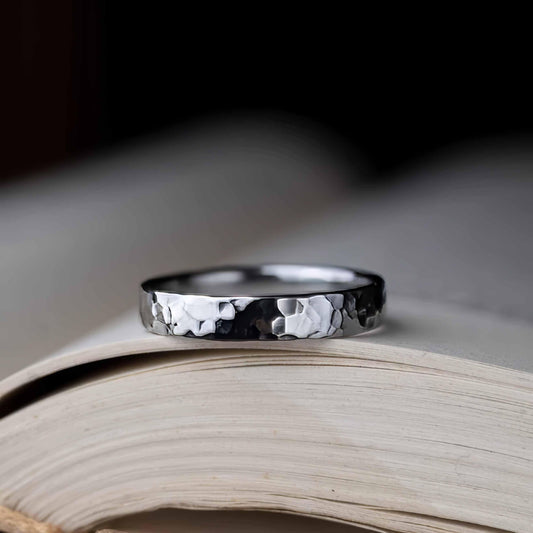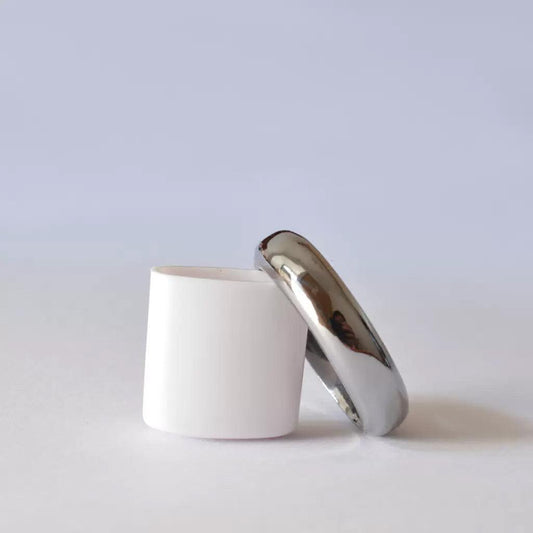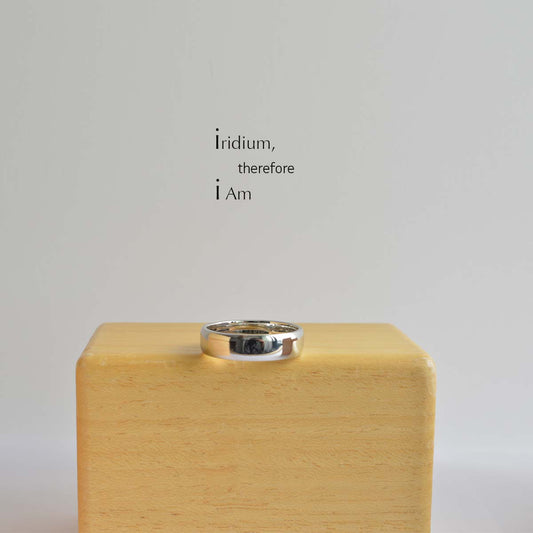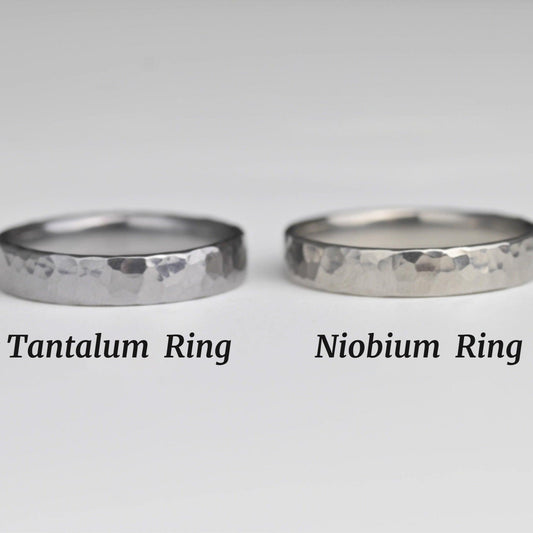The Meaning of the Rings
The Meaning of the Rings
The subtle weight of a ring on your finger is an often overlooked, yet deeply significant sensation. It's fascinating how something so small can carry such an immense burden of history, love, and tradition. I remember my grandmother's hands, aged and wise, adorned with rings that seemed to tell their own stories. Each one was a relic of her life’s journey—the one with a turquoise stone she found at a market in New Mexico, the plain silver band from her mother's own hand, and the flamboyant, glittering piece she wore to celebrate her 70th birthday. Each ring had meaning, functioned as a chapter in the book of her life.
Culturally, rings are rich with symbolism and have been throughout the ages. In Western societies, wedding rings are the most iconic. The tradition of wearing a wedding ring on the fourth finger of the left hand dates back to ancient Romans, who believed a vein in that finger connected directly to the heart—aptly named the “vena amoris” or the “vein of love.” As romantic as this notion is, it also serves to remind us how customs can combine myth with tradition, becoming entrenched in our daily lives almost unnoticed.
For some, rings signify more than marital status. Take the class rings popular in the United States as an example. I never got one, partly because I mismanaged my high school funds, but also because I was never quite sure I wanted a hunk of metal to remind me of my teenage years. However, for many, it’s a symbol of achievement, a tangible reward for years of hard work and determination. It's interesting how rings become anchors in our lives, connecting us to past accomplishments or pivotal moments that shaped us.
Materially, rings are as diverse as the meanings they carry. The design of a ring, the metal it’s forged from, and even the gems it hosts can influence its significance. Take the growing trend of using silicone rings for convenience and safety—a modern twist on a timeless accessory. This kind of ring doesn't carry the traditional weight or expense of gold or platinum, but it offers practicality for those leading active lifestyles or those in professions where typical rings might be hazardous. It's a nod to how our lives and priorities evolve, yet our need for symbolic representation remains.
My own wedding band is simple—white gold, no stones, no engraving. It wasn’t the elaborate piece I once imagined but somehow, it’s perfect. When I look at it, I’m reminded of the commitment it symbolizes, the everyday importance of sincerity and partnership. It’s funny how such a small piece of jewelry can make you feel anchored yet free, carrying both your past and future around in a circle of metal.
In the end, rings are as varied as the humans who wear them. They can be gifts, heirlooms, or personal purchases. They can signify love, remembrance, status, or even rebellion. Whatever the case, a ring is never just a ring; it is a part of a person’s story, a unique emblem of their individual narrative. And isn’t that what makes them worth wearing?
